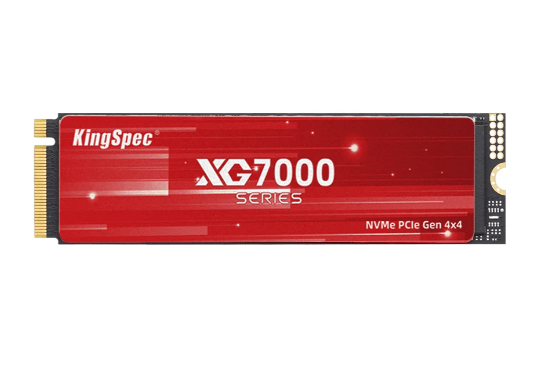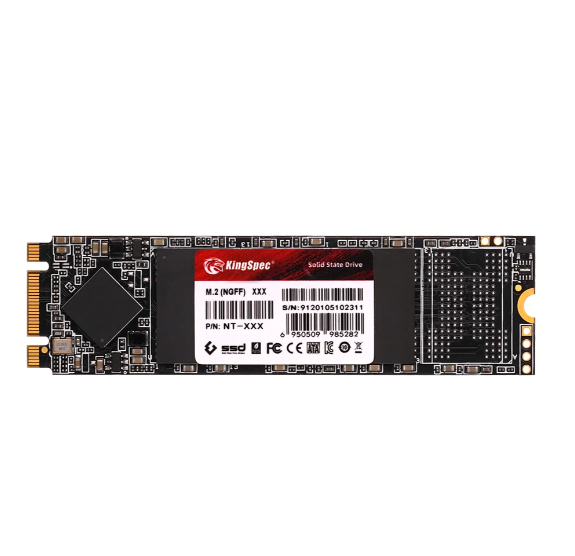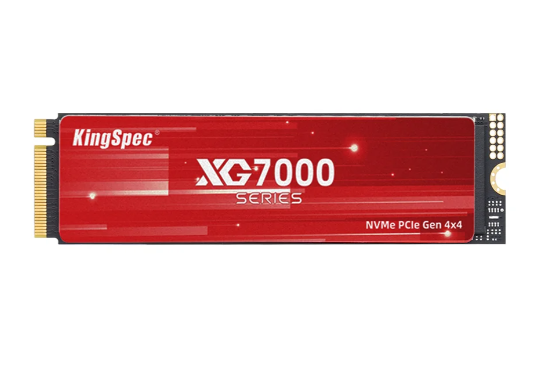News
Site Editor
 Site
https://kingspec.usa02.wondercdn.com/uploads/image/6307135a29359.png
To better understand these two SSD types, in this blog we will discuss their key differences in terms of interface, speed, capacity, cost, compatibility and applications.
Site
https://kingspec.usa02.wondercdn.com/uploads/image/6307135a29359.png
To better understand these two SSD types, in this blog we will discuss their key differences in terms of interface, speed, capacity, cost, compatibility and applications.
M.2 SATA SSD Vs. M.2 PCIe SSD:What Are the Differences?
Views: 25849
Author: Site Editor
Publish Time: 2023-06-08
Origin: Site
Over the years, solid-state drives (SSDs) have gained immense popularity due to their superior performance and reliability compared to traditional hard disk drives. The M.2 form factor has emerged as the leading standard for SSDs. Within the M.2 form factor, two prominent types of SSDs are the M.2 SATA SSD and the M.2 PCIe SSD.
To better understand these two SSD types, in this blog we will discuss their key differences in terms of interface, speed, capacity, cost, compatibility and applications.
What is M.2 Form Factor?
Firstly, let's take a closer look at what the M.2 form factor is and its advantages. The M.2 form factor is a small and versatile form factor used for storage devices. It is designed to replace the older mSATA standard and offers several advantages, including smaller size, faster speeds, and support for both SATA and PCIe interfaces.

Interface
The interface type plays a significant role in determining the performance of an M.2 SSD. M.2 SATA SSDs use the SATA III interface, which has a maximum theoretical speed of 6 Gbps. On the other hand, M.2 PCIe SSDs use the PCIe interface, which can offer up to 32 Gbps in some cases. As a result, M.2 PCIe SSDs provide lower latency and higher input/output operations per second (IOPS), enhancing system performance.
Speed
When it comes to speed, M.2 PCIe SSDs are generally faster than M.2 SATA SSDs, as they use the PCIe interface that offers higher bandwidth and faster data transfer rates compared to the SATA III interface used by M.2 SATA SSDs. Additionally, M.2 PCIe SSDs can achieve much faster read and write speeds than their SATA counterparts. Therefore, if you require high-speed storage for demanding applications such as gaming or video editing, an M.2 PCIe SSD is the better choice.
Performance
Due to the limitations of the SATA interface, M.2 SATA SSDs exhibit lower performance levels when it comes to sequential and random read/write speeds in comparison to M.2 PCIe SSDs. However, M.2 PCIe SSDs, especially those utilizing the NVMe protocol, offer significantly faster performance and lower latency, ultimately resulting in a marked improvement in overall system responsiveness.
Compatibility
In terms of compatibility, M.2 SATA SSDs are compatible with almost all motherboards, while M.2 PCIe SSDs require an NVMe protocol-supported motherboard to function correctly. Therefore, it's crucial to check your motherboard's specifications before choosing an M.2 PCIe SSD.

Applications
When it comes to applications, M.2 SATA SSDs are better suited for work-related tasks such as file transfers or video editing, while M.2 PCIe SSDs are ideal for gaming and other demanding applications. If you're looking for fast storage for work purposes, an M.2 SATA SSD may be sufficient. However, if you're a gamer or require high-speed storage for other demanding applications, an M.2 PCIe SSD would be a better choice.
Contact us for your ideal SSD
Both M.2 SATA SSDs and M.2 PCIe SSDs have their advantages and limitations. While M.2 SATA SSDs are more compatible with almost all motherboards, M.2 PCIe SSDs offer faster speeds and better performance. The choice between the two types of SSDs ultimately depends on your specific needs and requirements. KingSpec has been the leading SSD supplier in China. If you have any more questions for M.2 SATA SSD and the M.2 PCIe SSD, kindly contact us today.























